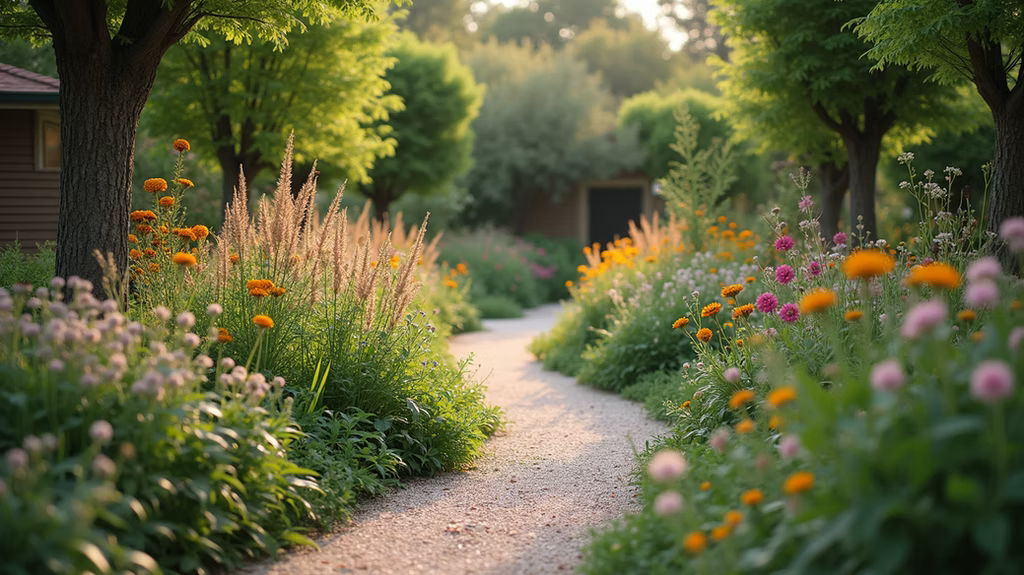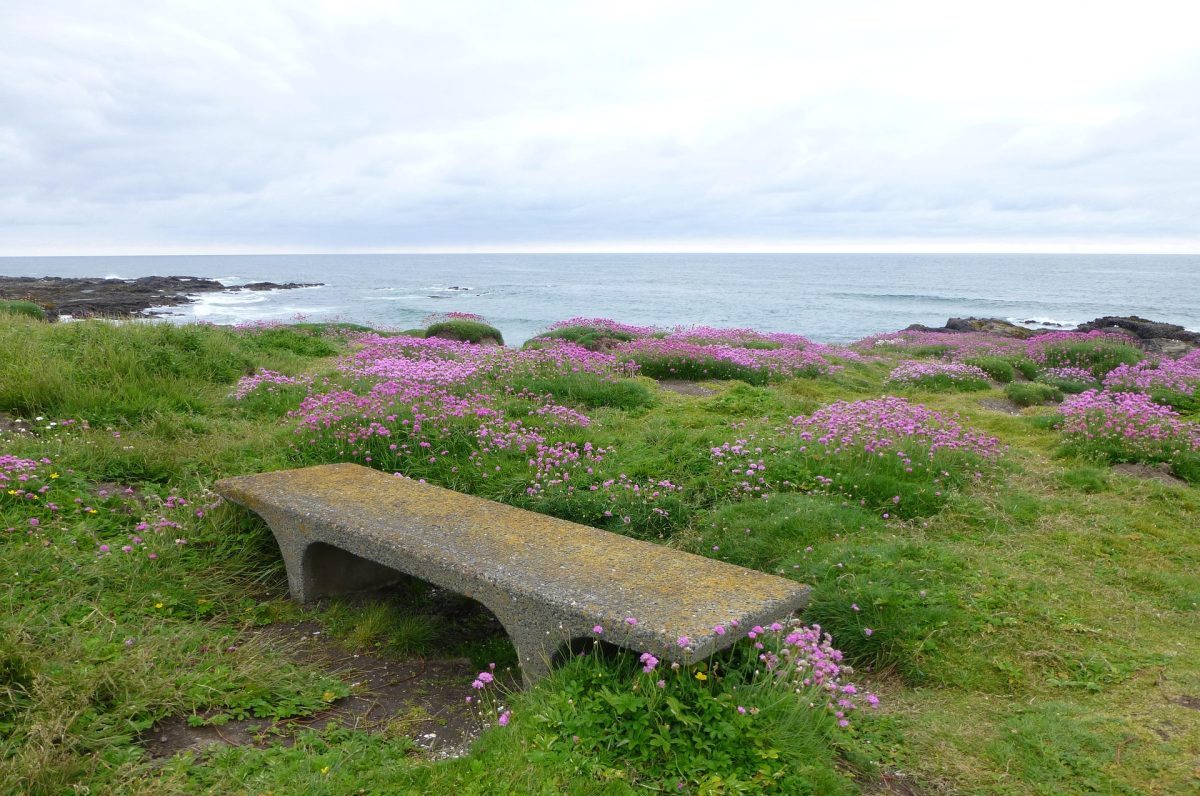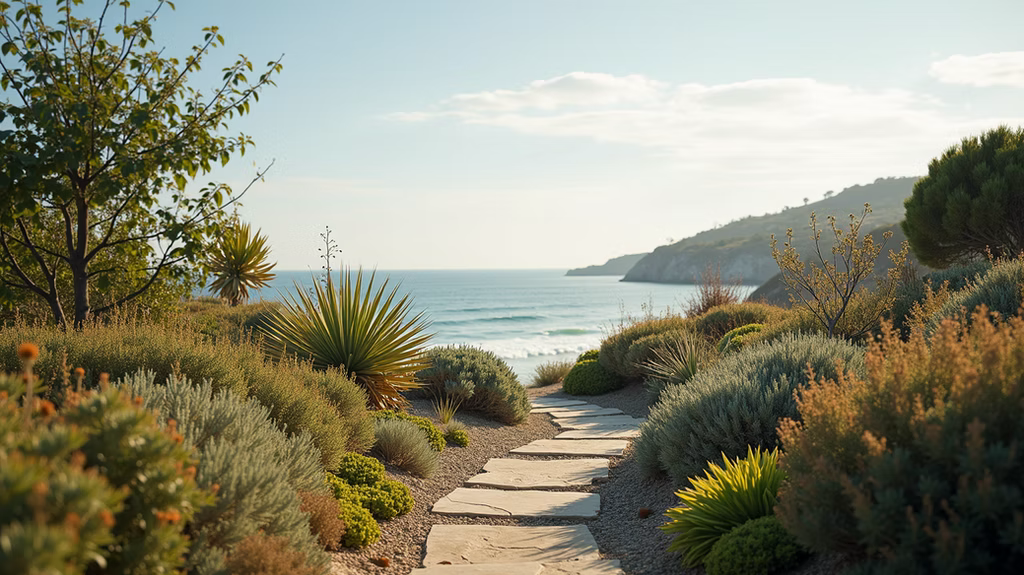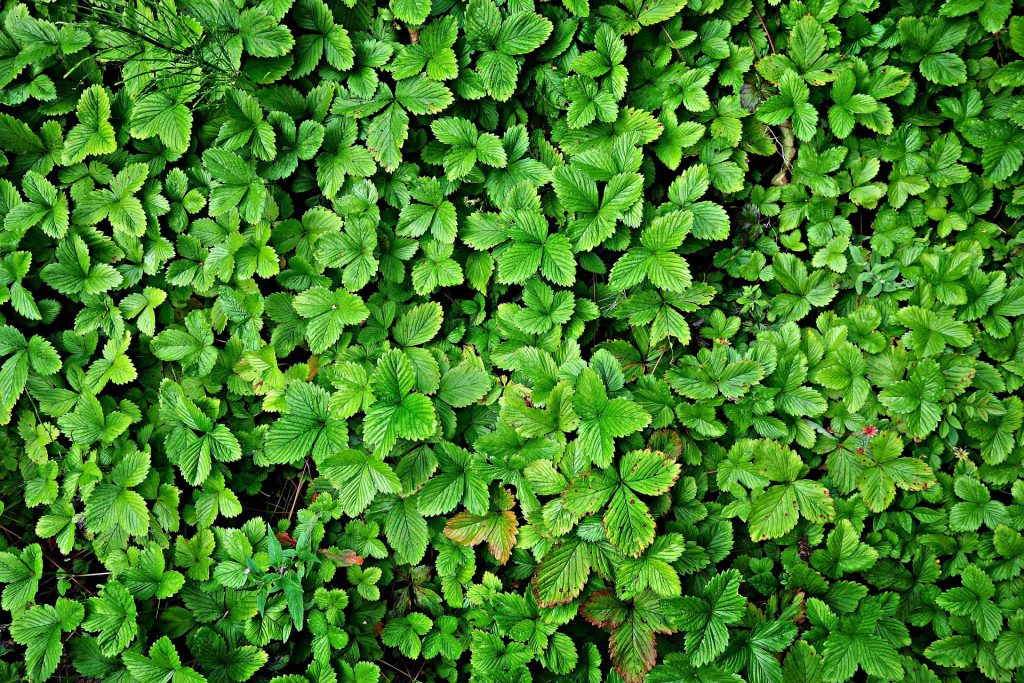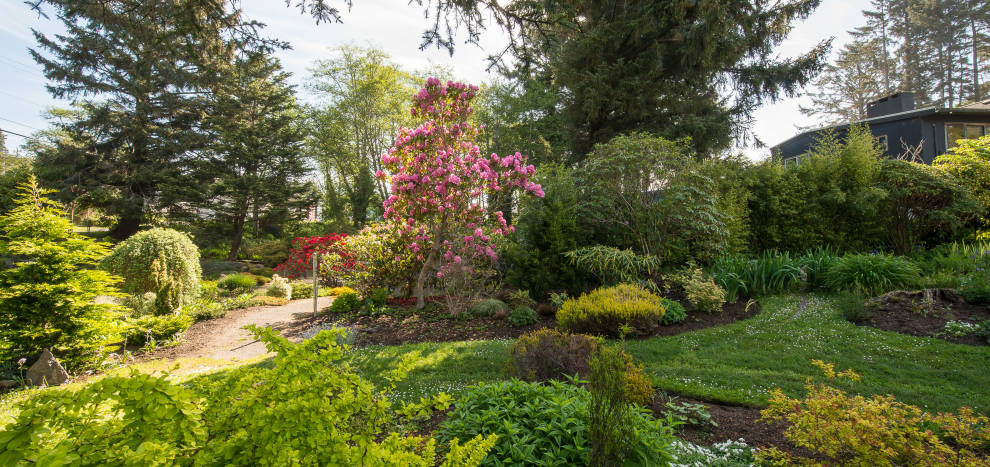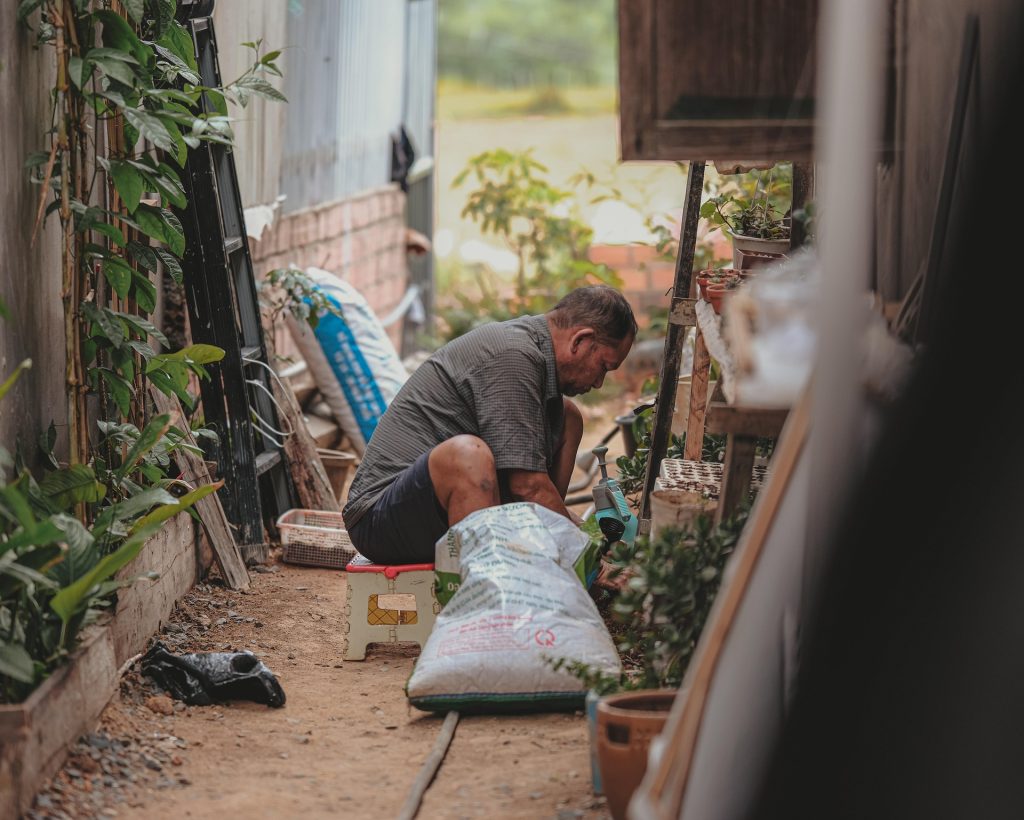The Importance of Native Plants in Local Ecosystems
Native plants are more than just beautiful and familiar sights in our local parks and gardens. They play a crucial role in the health of local ecosystems, providing numerous benefits to wildlife and the environment. In this blog post, we will explore why native plants are essential, how they support local wildlife, and practical tips for incorporating them into your home landscape.
What are Native Plants?

Native plants are species that naturally occur in a specific region without human intervention. They have adapted to the local climate, soil types, and other environmental conditions over thousands of years. This makes them well-suited to thrive in their native habitats.
In the Pacific Northwest, you'll find native plants such as salal, red huckleberry, and Oregon grape. These plants have evolved alongside local wildlife, forming essential relationships that help sustain the ecosystem. Even against the harsh conditions of the Oregon Coast, you will find a thriving and bio-diverse ecology of native plants.
Benefits of Native Plants
Native plants offer a range of benefits for the environment and our communities. Here are some key advantages:
1. Supporting Local Wildlife
One of the most significant benefits of native plants is their ability to provide habitat and food for local wildlife. Many species of birds, insects, and mammals rely on native plants for sustenance. For example:
- Birds: Native berry-producing plants, like the Pacific blackberry, provide crucial food sources for birds during breeding seasons.
- Pollinators: Native flowering plants attract essential pollinators, such as bees and butterflies, which are vital for the reproduction of many plant species.
High angle view of a diverse native plant garden showcasing the variety of plants that support local wildlife.
2. Promoting Biodiversity
Incorporating native plants into landscapes promotes biodiversity, which is vital for a healthy ecosystem. Biodiversity helps ecosystems remain resilient to diseases, pests, and environmental changes. When native species thrive, they support a more diverse community of organisms, contributing to the overall health of the ecosystem.
3. Enhancing Soil Health
Native plants are adapted to local soil conditions and can contribute to soil health. Their root systems help prevent erosion, increase water infiltration, and maintain soil structure. This is essential for promoting healthy landscapes and reducing the need for chemical fertilizers and pesticides.
4. Water Conservation
Native plants often require less water than non-native, ornamental plants. They are adapted to local rainfall patterns, which means they thrive with minimal irrigation. This makes them an excellent choice for sustainable gardening, particularly in areas prone to drought. Additionally, by using native plants in landscaping, individuals can contribute to water conservation efforts.
5. Reducing Maintenance
Native plants generally require less maintenance than non-native species. They are adapted to local conditions and pests, which means they typically require fewer interventions such as watering, fertilizing, and pest control. This not only saves time and effort but also reduces the environmental impact associated with maintaining non-native gardens.
How to Incorporate Native Plants into Your Landscape
If you're interested in supporting local ecosystems through your gardening practices, here are some practical tips for incorporating native plants into your landscape:
1. Research Local Native Species
Identify the native plants that thrive in your region. Look for resources from local horticultural organizations, conservation groups, or cooperative extension services. Although you may not dig up plants from local forests, you may discover beautiful species that are perfect for your garden. Many local garden centers have sections for Oregon Coast natives.

2. Design a Native Plant Garden
When designing your garden, consider the following:
- Diversity: Plant a variety of species to create layers of habitat for different animals.
- Sunlight and Shade: Group plants according to their sunlight requirements.
- Watering Needs: Group plants with similar water needs to create efficient watering zones.
3. Use Native Plants in Landscaping Projects
When planning landscaping projects, such as installing a new garden bed or renovating a yard, consider using native plants. Not only will this support local wildlife, but it can also enhance your property's visuals and appeal.
4. Educate Others
Share your knowledge about the importance of native plants and their role in local ecosystems. Engage friends, family, and neighbors in conversations about sustainability and encourage them to consider native plants in their own gardening practices.
The Role of Native Plants in Climate Resilience
As climate change continues to affect ecosystems across the globe, native plants play a crucial role in promoting climate resilience. Their adaptability to local conditions means they can respond more effectively to climate variations. This resilience is essential for maintaining the ecological balance in local environments.
Furthermore, planting native species can mitigate the impacts of climate change, such as flooding and heatwaves. They can enhance soil health and water retention, which helps buffer communities against extreme weather events.
Final Thoughts
Embracing native plants in our landscapes is more than a trend; it is a vital step towards fostering healthy, sustainable ecosystems. These plants support local wildlife, improve biodiversity, and enhance the overall health of our environment.

